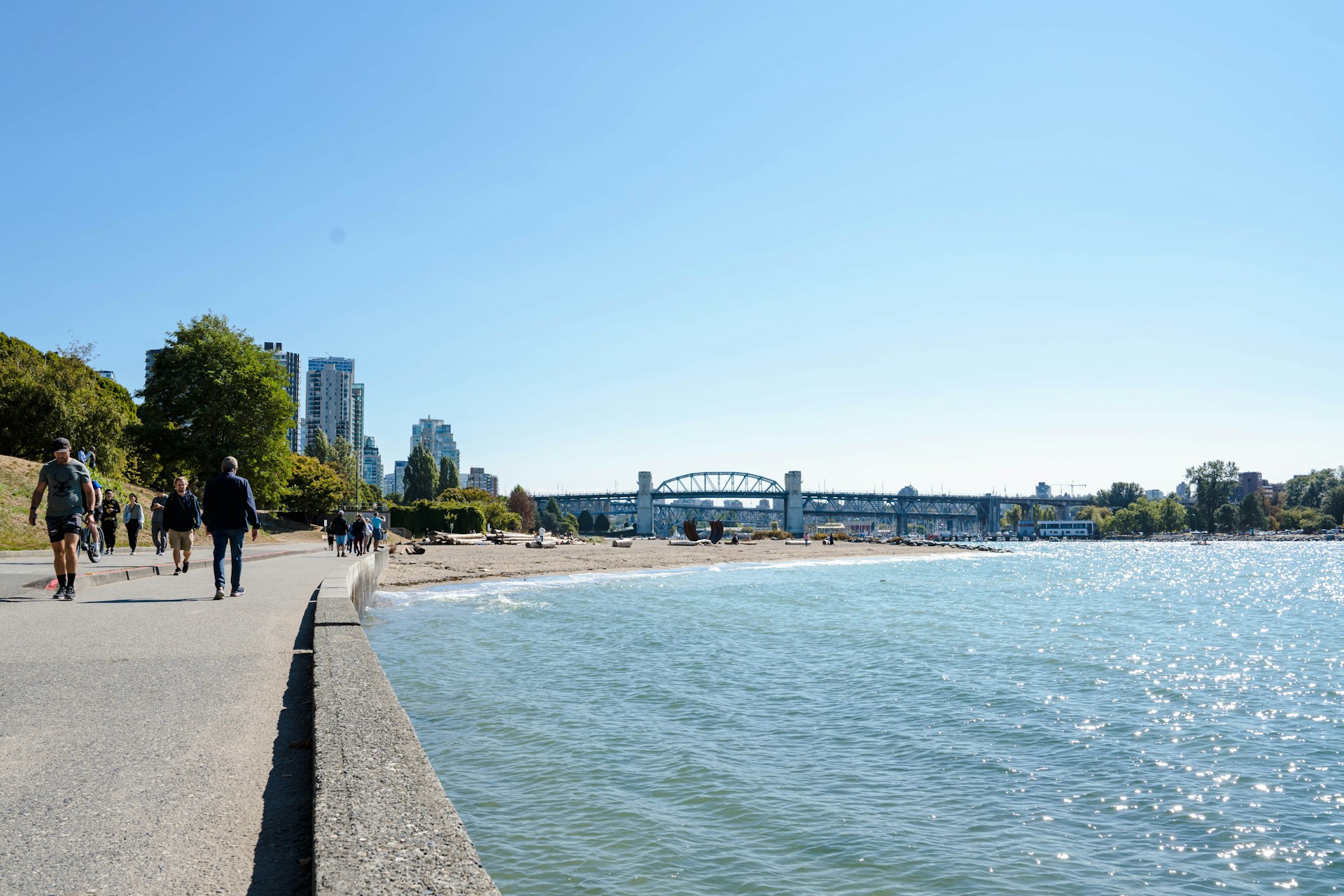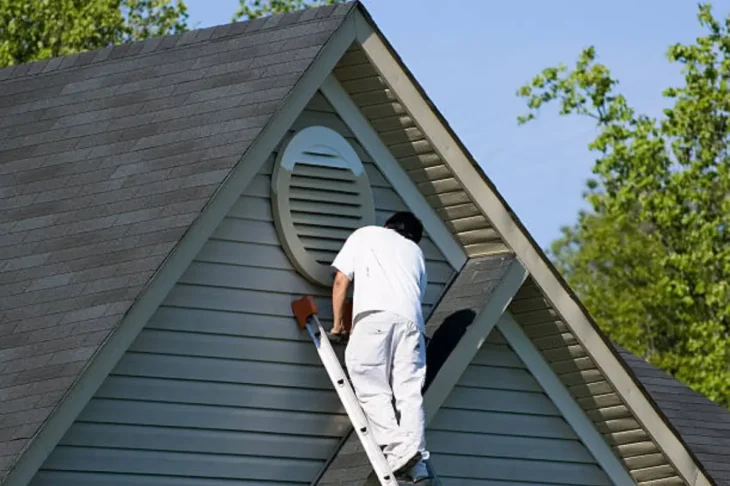
Common Seawall Problems and How to Fix Them
Seawalls are like the unsung heroes of coastal living. They protect properties from erosion and storm surges, making sure our beautiful waterfront homes stay just that—waterfront, not underwater. But like anything exposed to the relentless power of the sea, seawalls can encounter their fair share of problems. Let’s take a look at common issues and what a professional seawall repair often looks like.
The Usual Suspects: Common Seawall Problems
Seawalls are designed to be sturdy and resilient, but Mother Nature has a way of testing even the best-built structures. Here are some typical problems seawalls face:
Cracks and Holes
Cracks and holes are among the most common issues. They might start small, but over time, they can grow and lead to significant structural damage. These can be caused by natural settling, wave impact, or even poor construction practices.
Erosion Behind the Seawall
One of the most insidious problems is erosion behind the seawall. When water seeps through or around the wall, it can erode the soil, causing the ground behind the wall to sink and potentially compromising the structure’s stability.
Corrosion of Reinforcements
Many seawalls are reinforced with steel to enhance their strength. However, steel is prone to corrosion, especially in the salty, moist environment found near the ocean. When the reinforcements corrode, the seawall’s integrity can be seriously undermined.
Foundation Problems
A seawall is only as strong as its foundation. If the foundation is compromised by shifting sands or erosion, the entire structure can become unstable. This is often a hidden issue that requires professional inspection to diagnose properly.
Structural Wear and Tear
Over time, the constant battering by waves and the harsh marine environment can cause general wear and tear. This includes the breakdown of materials, which can lead to the wall leaning or bowing.
Fixing Seawall Problems: Leave It to the Pros
When it comes to repairing seawalls, it’s best to call in the professionals. Here’s how they typically address the various issues.
Repairing Cracks and Holes
Cracks and holes can usually be repaired by injecting epoxy or polyurethane into the damaged areas. This process seals the cracks, prevents further water intrusion, and reinforces the structural integrity of the wall. For larger holes, professionals might use concrete patches or even replace entire sections of the seawall.
Addressing Erosion Behind the Seawall
To combat erosion behind the seawall, professionals often use a technique called pressure grouting. This involves injecting a cement-like grout into the voids behind the wall, which solidifies and stabilizes the soil. Another method is installing drainage systems to manage water flow and prevent it from seeping through the seawall.
Dealing with Corrosion
For seawalls reinforced with steel, dealing with corrosion is crucial. Professionals might use cathodic protection, which involves placing sacrificial anodes on the steel to corrode in place of the seawall reinforcements. In severe cases, they might replace the corroded steel with more corrosion-resistant materials like fiberglass or composite reinforcements.
Strengthening the Foundation
If the foundation is the issue, professionals may need to stabilize it using various methods. One common approach is underpinning, which involves extending the foundation to deeper, more stable soil layers. Another method is installing helical piles, which are steel shafts drilled into the ground to support the structure.
General Maintenance and Upgrades
Regular maintenance is key to extending the life of a seawall. Professionals can apply protective coatings to prevent material degradation, replace worn-out components, and upgrade the seawall design to withstand modern environmental challenges better.
Preventative Measures: Keeping Your Seawall in Tip-Top Shape
While fixing problems as they arise is essential, taking preventative measures can save a lot of headaches (and money) down the line. Here are some tips to keep your seawall in great shape:
- Regular Inspections – Schedule professional inspections at least once a year to catch any issues early.
- Prompt Repairs – Address small problems before they become big ones. Cracks and minor erosion can quickly escalate if not dealt with promptly.
- Proper Drainage – Ensure proper drainage around the seawall to prevent water buildup and erosion.
- Vegetation Management – Keep an eye on the vegetation around your seawall. Roots can cause damage, but plants can also help reduce erosion if appropriately managed.
- Monitor Water Levels – Be aware of the water levels and any changes in your local environment that might impact your seawall.
Why Professional Help is Non-Negotiable
Seawall repairs and maintenance are not typical DIY projects. Here’s why calling in the pros is a smart move:
Expertise and Experience
Professionals have the expertise and experience to diagnose problems accurately and implement effective solutions. They know what to look for and understand the complexities of seawall construction and repair.
Safety
Repairing a seawall can be dangerous work, especially if the structure is compromised. Professionals have the right equipment and training to do the job safely.
Long-Term Solutions
While a DIY fix might seem cost-effective, it often provides only a temporary solution. Professionals can ensure that repairs are done correctly, providing long-term stability and peace of mind.
Cost-Effectiveness
Though hiring professionals might seem more expensive upfront, it can save money in the long run by preventing minor issues from becoming major problems. Plus, their work is often backed by warranties, adding an extra layer of protection.
A Final Thought
Seawalls are essential guardians of our coastal properties, but they need a little help to stay strong. By understanding common problems and knowing when to call in the experts, you can ensure your seawall continues to protect your property for years to come. Keep an eye on your seawall, take preventative measures, and trust the professionals to handle the heavy lifting. Your waterfront oasis is worth the investment.

